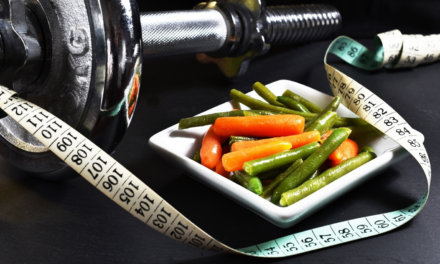- Use the ½ plate rule: fill half your plate with veggies or salad.
- Don’t eat directly out of the package. Research suggests it’s better to pour from a package into a separate serving dish, and then eat.
- Add some distance by leaving serving dishes in the kitchen at meal times. The additional effort required to get more food adds a bit of a social and psychological barrier to getting seconds.
- Use smaller plates (9.5 inches is optimal) and smaller bowls. In a study published a month ago, Dr. Wansink and colleagues found that diners at a buffet with large plates served themselves 52% more, ate 45% more, and wasted 135% more food than those with smaller plates. Moreover, education did not appear effective in reducing such biases. Similarly, a 2012 study found that diners served 77% more pasta when given a large-sized bowl.
- Make healthier food options more visible or accessible. In a series of studies in school lunchrooms, Dr. Wansink and colleagues found that simply putting fruit in a nice bowl in a prime area of the lunch line increased fruit sales by a whopping 103%. Similarly, moving the salad bar to a more visible and accessible location – the center of the lunchroom – increased salad sales 200-300% in most schools. At home, that translates to having healthy options more visible (e.g., vegetables in the center of the kitchen table) and less healthy options more hidden (e.g., dessert in the cabinet).
Credits:
Excerpt from Adam Brown
Image by silviarita from Pixabay







